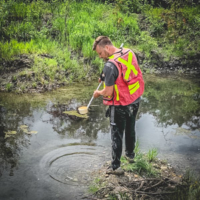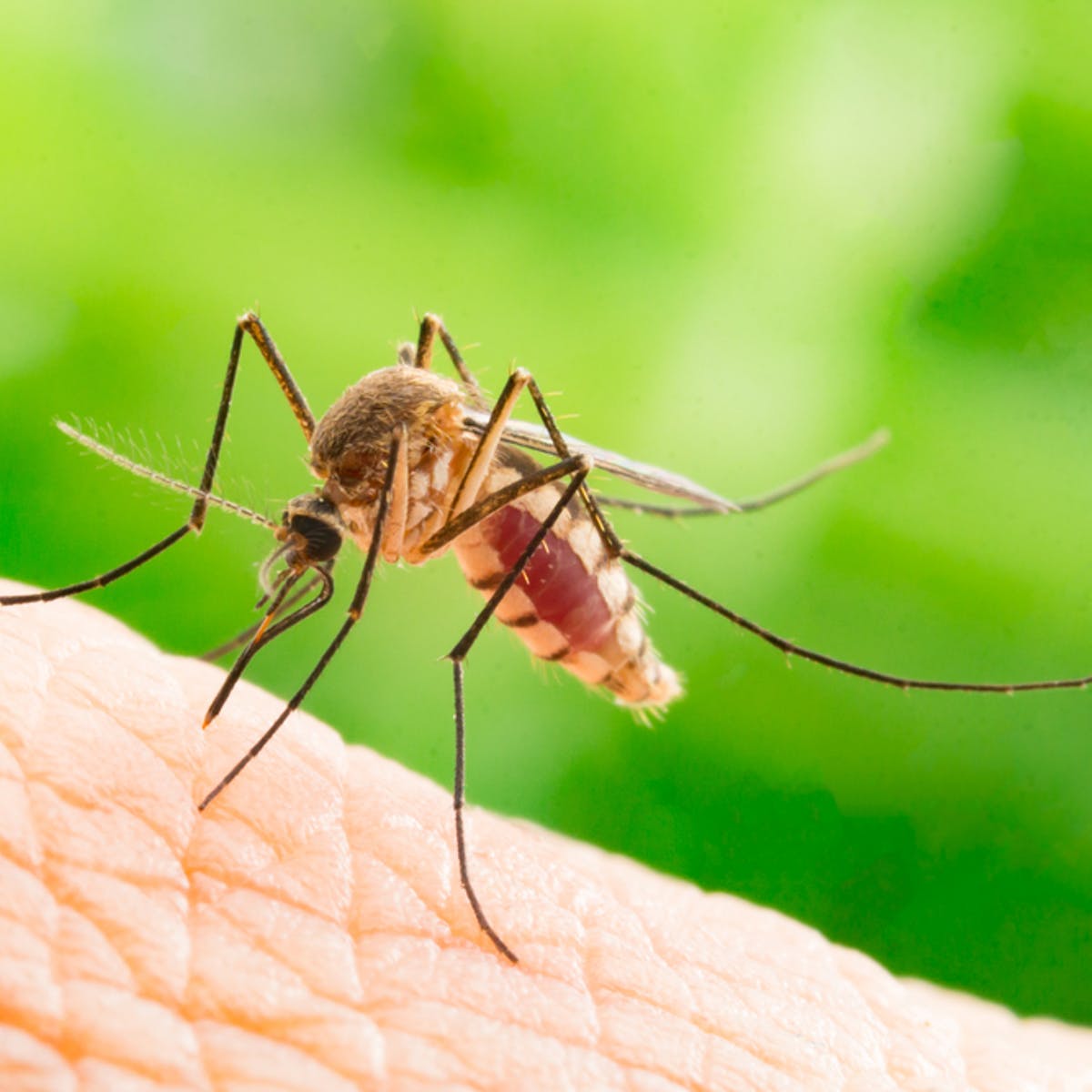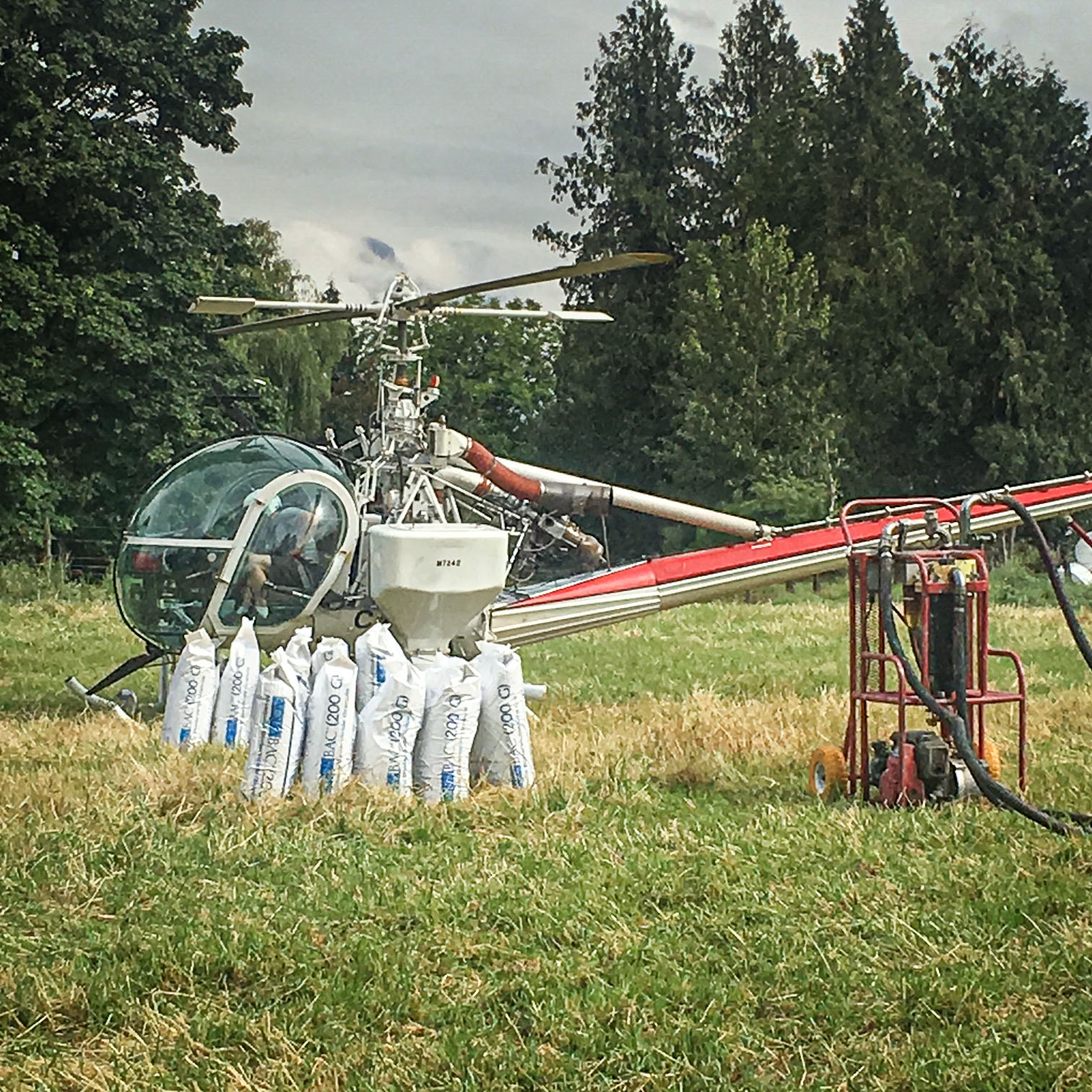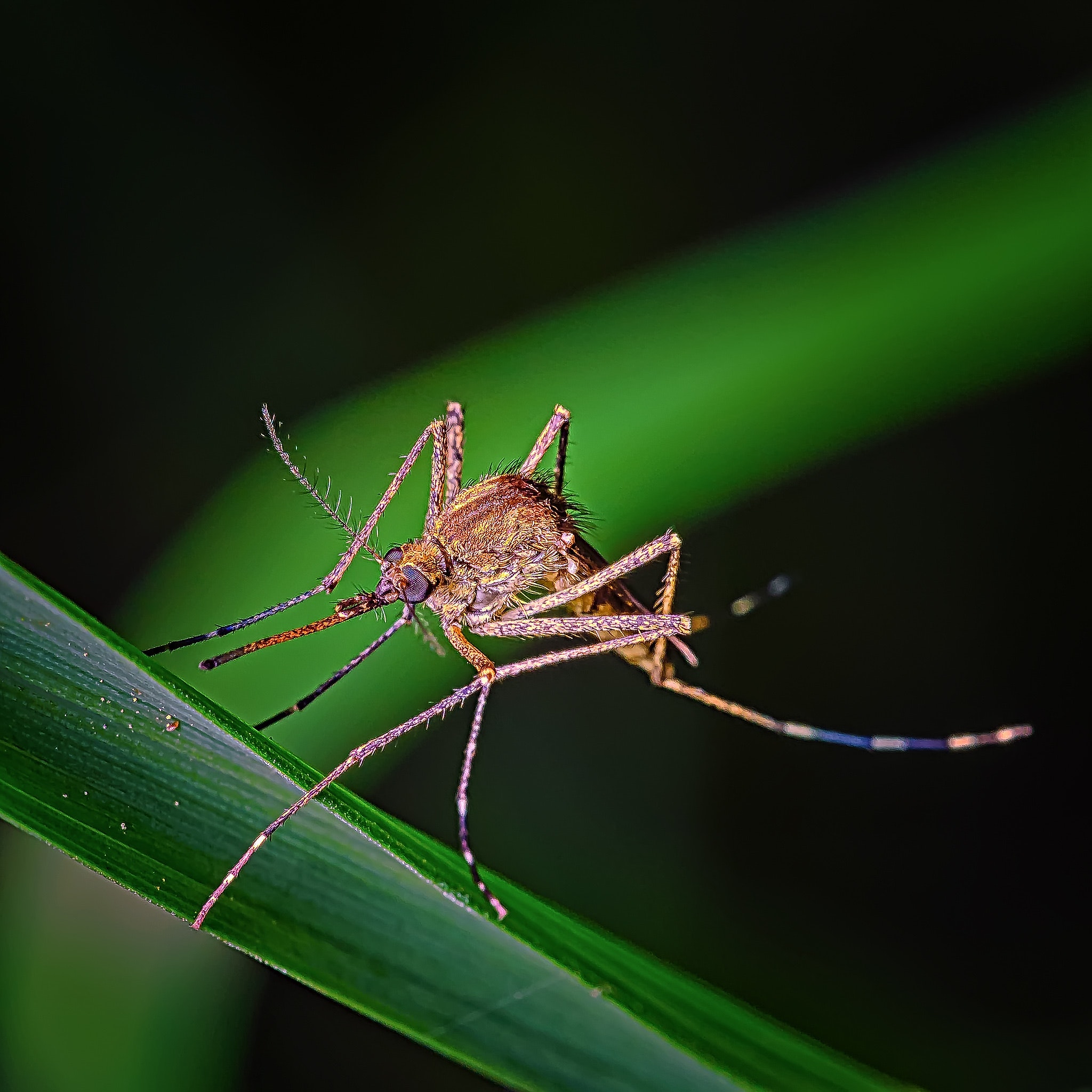Mosquito Disease Transmission: Just the Facts
Notorious Disease Vectors
Mosquito disease transmission is something most people are aware of. Mosquitoes are some of the most notorious disease vectors in the world. Because of their worldwide distribution — they’re on every continent except for Antarctica — proximity to humans, and inclination to feed off of humans, mosquitoes have been able to spread viral (e.g. West Nile, Zika, Chikungunya) and parasitic (e.g. Malaria) diseases to people throughout the world. Mosquito-borne diseases account for over one million human deaths annually.
But how do they do this? It turns out female mosquitoes inject some of their own saliva into hosts such as humans. This stops the host’s blood from coagulating before the mosquito can retrieve the blood. If that mosquito has previously fed on a human or other animal infected with certain diseases, those diseases may have been able to replicate within the mosquito without harming it.
Yikes, right!? Thus, when an infected mosquito injects saliva into a host, that host can, in turn, become infected.
Mosquito Disease Transmission: Spectrum of Viruses
So, can mosquitoes pass all viruses and parasites to humans? The short answer is no.
Now for the longer answer: some viruses (like HIV) and parasites cannot survive the mosquito’s gut. Because of that inability, they’re unable to establish within the mosquito’s cells and replicate. Environmental conditions, predominantly temperature, can also affect how a capable a virus or parasite is at infecting and replicating within a mosquito.
Warmer temperatures generally mean that a pathogen can replicate at a higher rate within a vector. Finally, the amount of the virus or parasite ingested by the mosquito also determines the ability for the mosquito to transmit the pathogen – the vector competence. The greater the dose, the greater the vector competence, assuming the pathogen is able to infect and replicate within the mosquito. The main diseases mosquitos can transmit within Canada are the California serogroup viruses, eastern equine encephalitis, and West Nile virus (WNv).
With mosquitoes being some of the most notorious disease vectors in the world, it’s no surprise we’re aware of many of these viruses. WNv is the most commonly transmitted mosquito-borne disease in Canada. In 2018, a total of 432 human cases of WNv were reported in Canada – the highest total since 2007. Large-scale, nation-wide surveillance efforts are conducted to keep track of WNv incidence in horses, birds, and humans. These data give program managers the ability to direct mosquito control efforts.
 Mosquito disease transmission can be mitigated in a number of ways.
Mosquito disease transmission can be mitigated in a number of ways.
Morrow BioScience offers mosquito control services, including nuisance mosquito habitat assessment, larval mosquito monitoring and treatment, and adult mosquito species identification.
Have questions? Contact us!
Mosquitos as Notorious Disease Vectors – additional resource:




